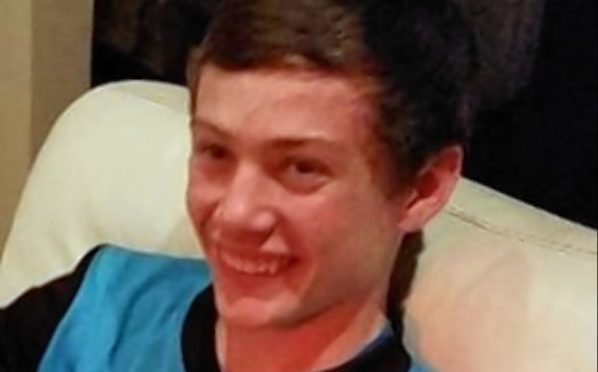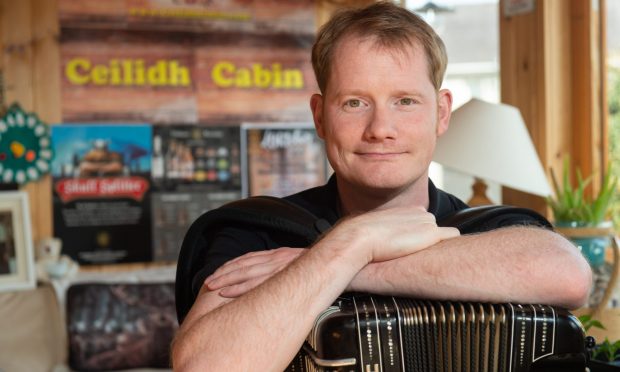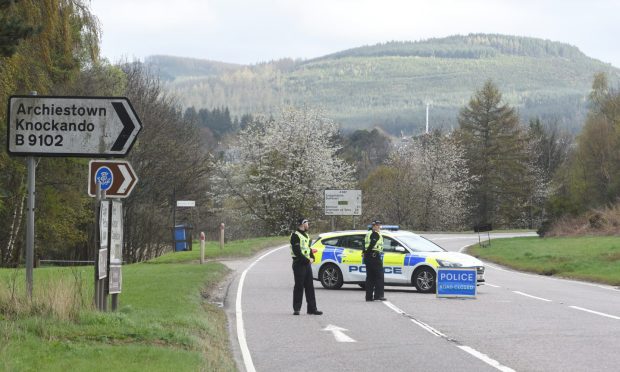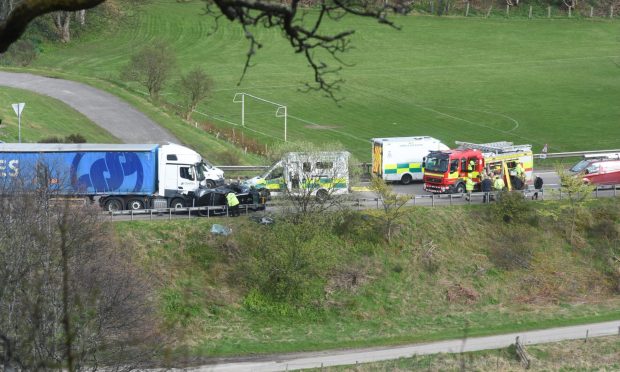The mother of a Moray teenager killed in a tragic road accident has pleaded for emergency services to work closer together to save lives.
Keiran McKandie died after being hit by a car while out on his bike near Elgin earlier this year.
Since then, his family have been calling for defibrillators to be installed to all first-response vehicles to give people a better chance of surviving a serious crash.
Yesterday, their campaign took a step forward when Health Secretary Shona Robison asked for the trials of the equipment being run by the fire and ambulance services to be sped up.
But Keiran’s mother, Sandra, last night claimed there was still not enough being done to get vital life-saving equipment to those who need it.
Currently fire crews are only routinely called to road incidents where there are risks of someone being trapped, a fire or a spillage – none of which were a factor when 16-year-old Kieran was killed.
In 2010, firefighters and ambulance signed a memorandum of understanding, establishing a combined medical response scheme. However, Mrs McKandie believes it is not working.
She said: “In Keiran’s case the ambulance that was called was 38 miles away. The fire brigade were sitting in Elgin with the equipment to deal with the situation but they were never told.
“It shouldn’t matter whether somebody is trapped or there is a spillage. They should be looking at these things across the board. We know Keiran was not the only time it’s happened.
“For me, it isn’t acceptable to have expertise in Elgin and not to have it deployed to something six miles away while patients have to wait for an ambulance from Inverness.”
She added: “There are no words for what happened to Keiran. I feel he was failed by the system.”
In memory of Keiran the family has funded defibrillators to be carried in every police car in Moray – the first of which is due to be installed next month.
Despite wanting more to be done, Mrs McKandie welcomed Ms Robison’s call for the trials of an out-of-hospital cardiac arrest strategy to be accelerated. Representatives from the emergency teams will meet today to drive it forward.
Responding to a question from Mr Lochhead in the Scottish Parliament yesterday, Ms Robison said: “The Scottish Fire and Rescue Service and the Scottish Ambulance Service are already conducting trials of a joint response in several parts of Scotland as part of the out-of-hospital cardiac arrest strategy, and I have asked them to consider how the evaluation and roll-out of those trials can be accelerated.”
The McKandie family, of Miltonduff, hope to improve the nation’s emergency services as a way of creating a “legacy” for Keiran.
He was mountain biking with friends when the tragedy happened on March 20, on the B9010 Dallas to Kellas road, near Craigend.
Speaking after the session, Mr Lochhead said: “The Scottish Ambulance Service could start immediately notifying the fire service when they receive emergency calls in connection with road traffic accidents.
“This would mean that should a fire appliance be able to arrive at the scene more quickly, and the crew begin to provide treatment to victims until the ambulance arrives then potentially lives could be saved.”
An ambulance service spokesman said: “If a fire crew is trained and nearer, then ambulance control will dispatch them at the same time as the ambulance crew so that they can provide these life saving interventions while the ambulance is on its way.”










